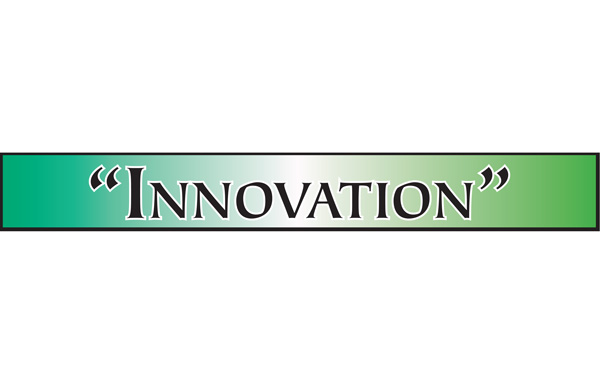
LinkedIn – growing platform for business communication and personal branding
 The development of social media as the dominant communication channel is inevitable, already a reality. It has brought about fundamental social change where it reaches, and its status will continue to evolve.
The development of social media as the dominant communication channel is inevitable, already a reality. It has brought about fundamental social change where it reaches, and its status will continue to evolve.
The use of Facebook for business communication is a quick study. Build your audience and communicate through posts, with the use of a two-way stream of communication. The communication can be triggered with a post boost to get the message across.
Facebook recognises its power and the extent of its audience, so it is launching Facebook for Business now. At present, the main thrust of the initiative seems to be advertising. On the other hand, it also appears to want to challenge LinkedIn, the venerable social site for individuals in business, and companies.
LinkedIn, if you haven’t yet spent time with it, began as a site for individuals involved in business or enterprise, with that focus. Over the years, it evolved to add a pronounced B2B component as well. At this point, it is touting advertising and selling as well, effectively replicating the potential of Facebook, but within the business niche.
A scan of LinkedIn, as used by Namibians, shows that it is not fully understood, in spite of the obvious examples of how it can be used effectively. The simple basic of LinkedIn is a profile of the individual user, with additional opportunities for comments and richer opportunities for blogging within a network of ‘connections’ and special interest groups.
Unfortunately, in Namibia, individual profiles are often underdeveloped, there is limited blogging, and the use of the so-called update mainly seems to follow the Facebook model of posting a photo or a quote, which may be described as ‘motivational’, but ultimately speaks little of the value of the individual or enterprise.
In order for LinkedIn to become effective, the individual or enterprise, has to make a concerted effort to ‘make it work’.
The first opportunity begins with the individual. There are strong opportunities for individuals to position themselves on the basis of knowledge branding. Knowledge (read ability) is the main offering of the individual. LinkedIn, through updates and blogging, offers the individual exceptional reach to people who may need that knowledge and its associated promise of ability.
The simplest strategy here is to use updates to write down thoughts, observations or very short comments on business to illustrate how you think and the value of it. If you are able to generate longer content, use it as a blogging mechanism. An additional possibility is to share links from your own website, if it is dynamic (content changes) or web articles which influence your thinking.
Take the trouble to write a few sentences about your insights, rather than repetitively sharing quotes which already have wide exposure on Facebook.
It is possible to replicate the process for a business entity as well. By sharing content such as updates written by individuals, or blogs, with the business page, the network of connections and exposure to the knowledge can be widened to the desired target audience.
LinkedIn also offers advertising opportunities which can be targeted to specific audiences. That gives the messaging better reach to the correct groups, and obviously the yield of the investment in generating content increases.
The strategy can also be improved with membership of groups. There are a number of groups that are specific to Namibia, however these are underused, and a large part of the traffic consists of spam messages for reselling products from other companies. Obviously the lack of relevant content is a gap and an opportunity to engage with special interest groups.
Simply put, for B2B, LinkedIn is currently unrivalled, but may have Facebook as a rival in future. Make the best use of the gaps that it offers by matching your B2B strategy to what it offers. Whether you are looking for retention or growth, you will be rewarded.











































